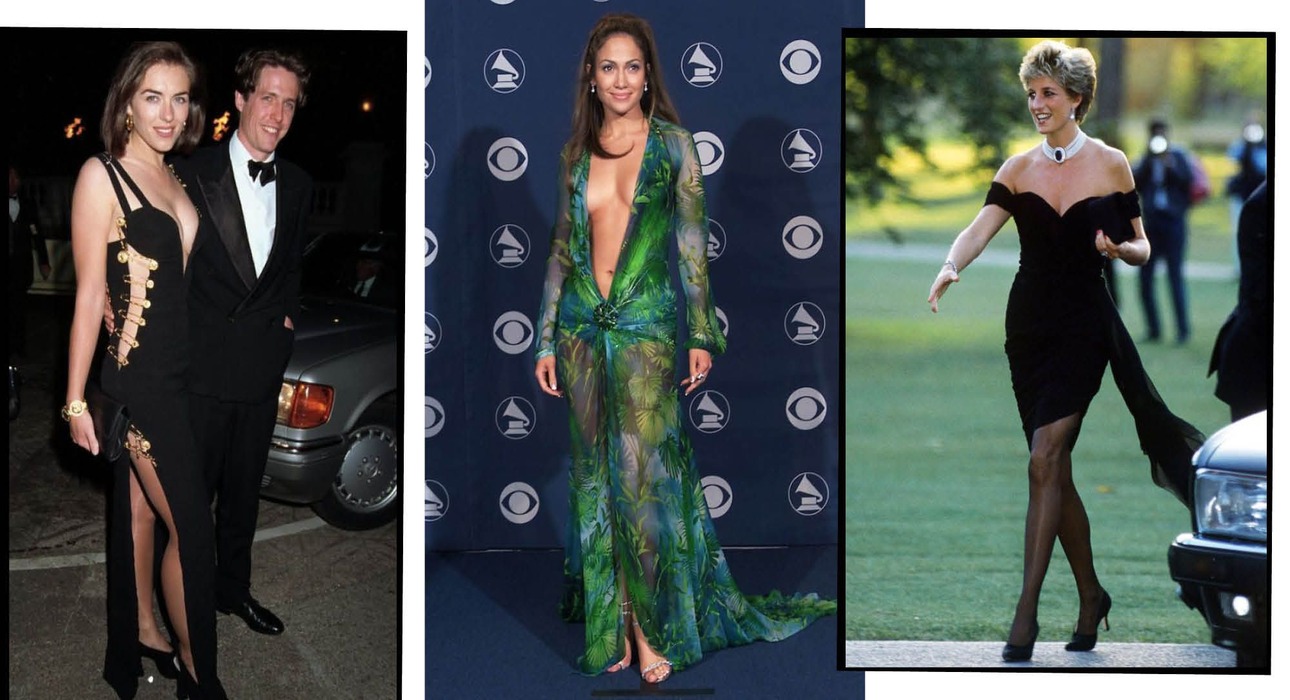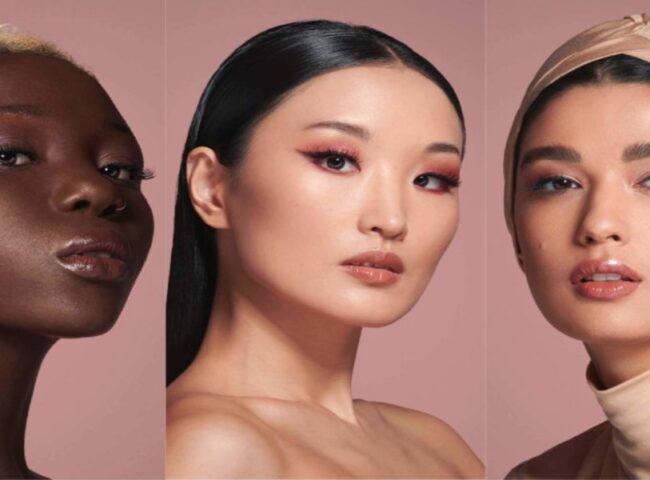Fashion is more than just clothing; it is a dynamic expression of culture, society, and individual identity. Throughout history, there have been pivotal moments in fashion that have not only transformed the way people dress but have also left an indelible mark on the collective consciousness. These iconic fashion moments represent more than trends; they encapsulate the spirit of their respective eras, challenging norms, and redefining perceptions. Join us on an immersive exploration as we delve deeper into the stories behind these legendary moments that have shaped the world of style.
The Little Black Dress: Chanel’s Timeless Elegance

In the 1920s, the fashion world was forever changed when Coco Chanel introduced the little black dress (LBD). At a time when elaborate and ornate designs were the norm, Chanel’s LBD was a radical departure. Simple, versatile, and exuding understated elegance, the LBD became an instant hit. It was a blank canvas that allowed women to express themselves, transcending social and economic boundaries. Its cultural impact was further solidified when Audrey Hepburn donned a black Givenchy dress in “Breakfast at Tiffany’s,” forever intertwining the LBD with the epitome of sophistication.
The Birth of Denim: James Dean’s Rebel Style
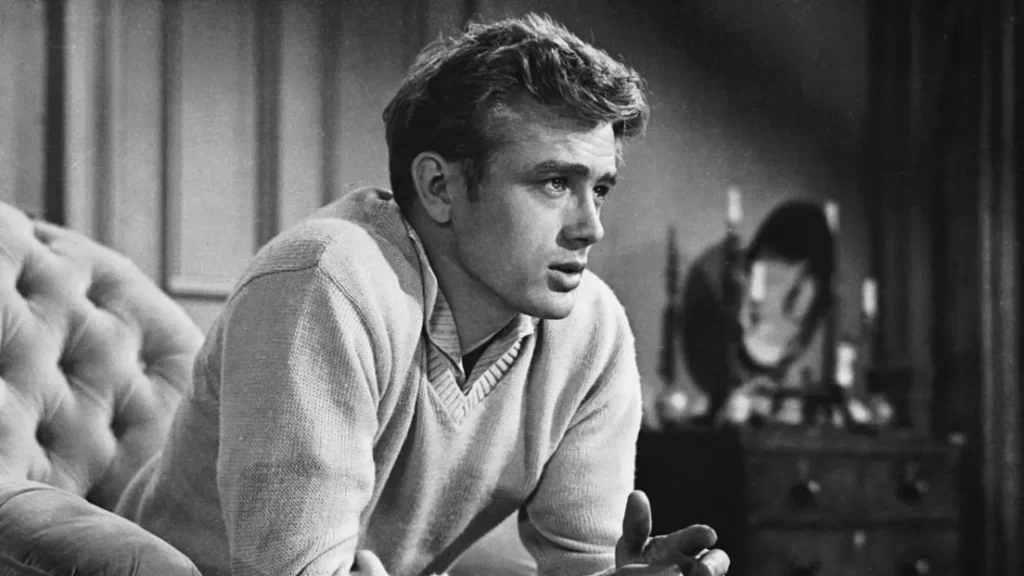
In the 1950s, denim jeans were transformed from utilitarian workwear into a symbol of youthful rebellion, thanks in part to actor James Dean. His portrayal of a brooding, anti-establishment character in “Rebel Without a Cause” showcased denim’s rugged appeal and its association with a countercultural ethos. Denim jeans became a badge of nonconformity, embraced by teenagers and young adults seeking to challenge societal norms. Dean’s iconic look ignited a denim revolution that continues to influence casual fashion to this day.
The Mini Skirt Revolution: Swinging Sixties and Mary Quant
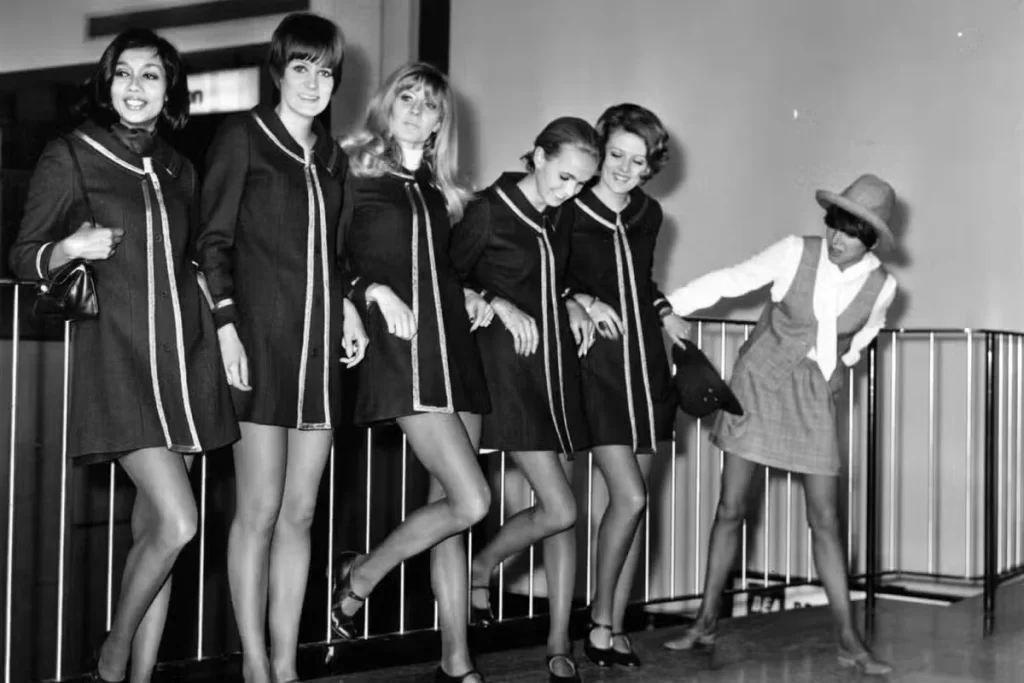
The 1960s were marked by social upheaval and a desire to break free from tradition. Amidst this backdrop, British designer Mary Quant introduced the mini skirt. This audacious departure from conventional hemlines reflected the changing attitudes towards women’s roles and sexuality. The mini skirt became a symbol of liberation, boldly challenging societal norms and embracing a sense of youthful exuberance. It encapsulated the spirit of the Swinging Sixties and paved the way for a new era of fashion experimentation.
Punk’s Raw Expression: Vivienne Westwood’s Subversive Fashion
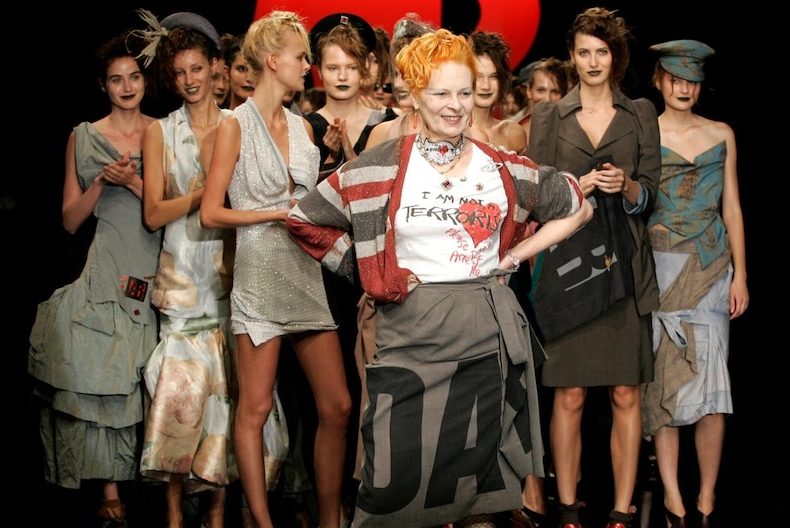
The 1970s witnessed the emergence of punk culture, a movement characterized by its rebellious spirit and DIY aesthetic. Designer Vivienne Westwood became synonymous with punk fashion, transforming safety pins, torn clothing, and provocative imagery into statements of cultural dissent. Punk fashion was a reaction against the established norms of luxury and conformity, challenging the very concept of what constituted “good taste.” Westwood’s designs captured the raw energy of punk and continue to inspire designers seeking to push boundaries.
The Power Suit: Yves Saint Laurent Redefines Women’s Fashion
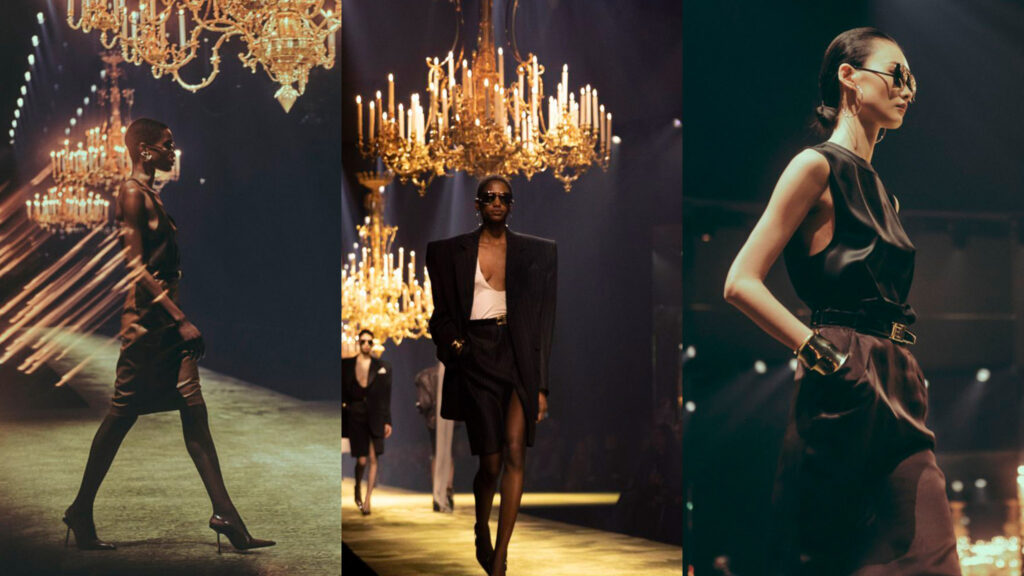
Yves Saint Laurent revolutionized women’s fashion in the 1980s with the introduction of the power suit. Departing from traditional notions of femininity, the power suit blended tailored elegance with a sense of authority. It symbolized a new era of women’s empowerment, as women began to assert themselves in professional spheres traditionally dominated by men. The power suit became an emblem of strength, breaking free from the confines of restrictive clothing and ushering in a new wave of confidence and professionalism.
The Red Carpet Renaissance: Princess Diana’s Revenge Dress
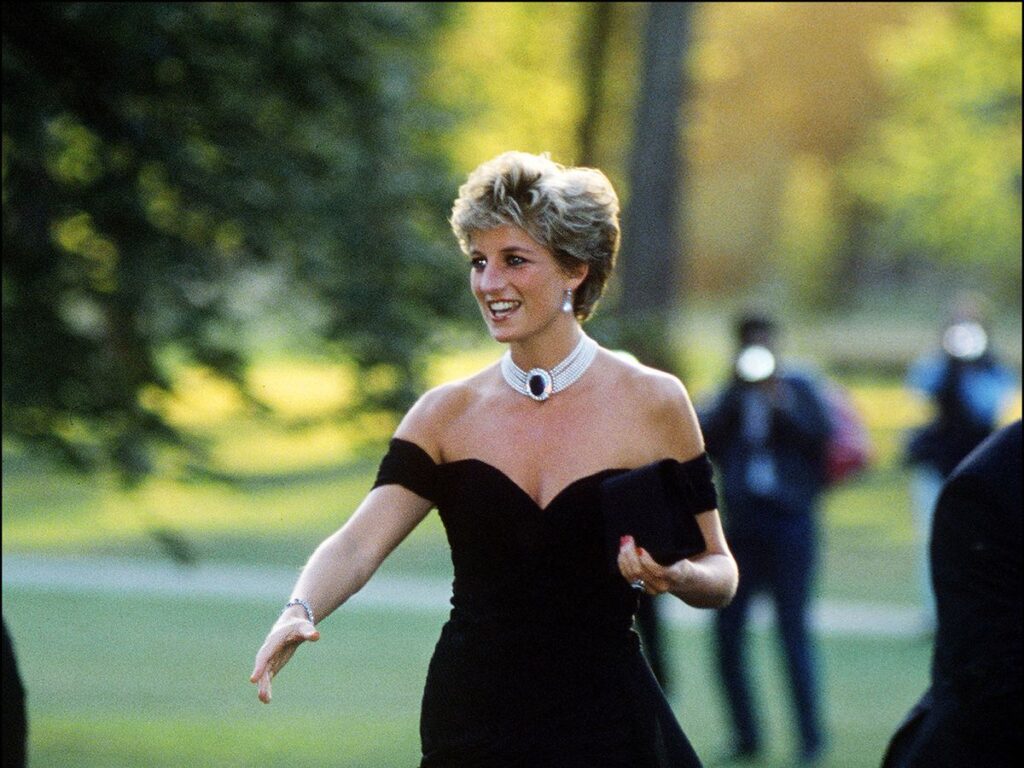
In 1994, Princess Diana made headlines with her choice of attire following her separation from Prince Charles. Her “revenge dress,” a stunning black silk gown by designer Christina Stambolian, was a statement of independence and resilience. Diana’s bold choice not only captivated the public’s attention but also signaled her determination to define her own narrative. The dress showcased the intersection of fashion and celebrity culture, highlighting the power of clothing as a means of communication and self-expression.
Streetwear Takes the Throne: Rise of Supreme and Hype Culture
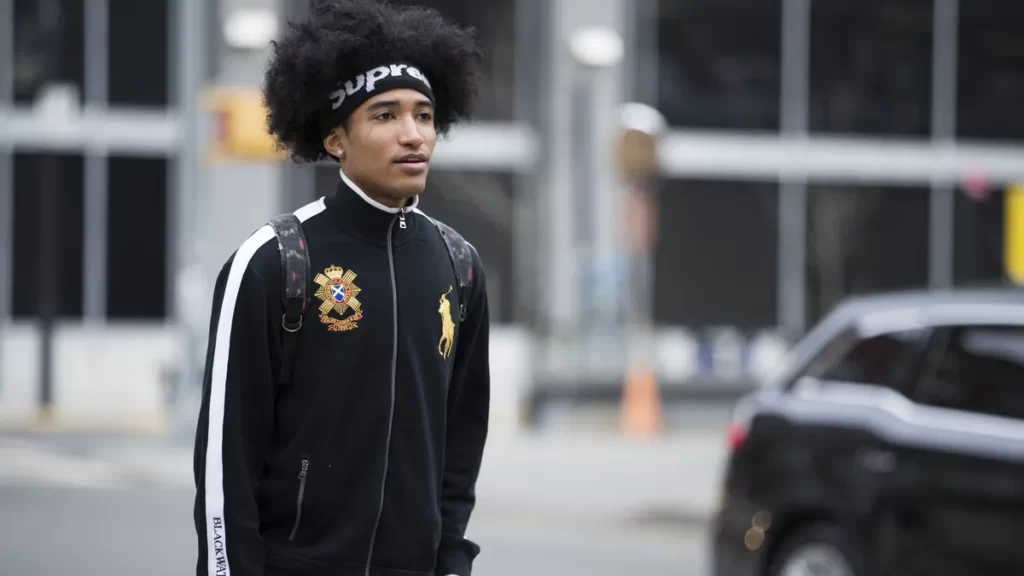
The 2010s marked a seismic shift in the fashion landscape with the rise of streetwear and the emergence of brands like Supreme. Streetwear, characterized by its casual, urban aesthetic, challenged the traditional hierarchy of fashion by blurring the lines between luxury and everyday style. The culture of “hypebeasts” emerged, emphasizing limited-edition releases, exclusivity, and the convergence of fashion and street culture. Streetwear’s influence reshaped the fashion industry, highlighting the sway of youth culture and authenticity in shaping trends and driving consumer demand.
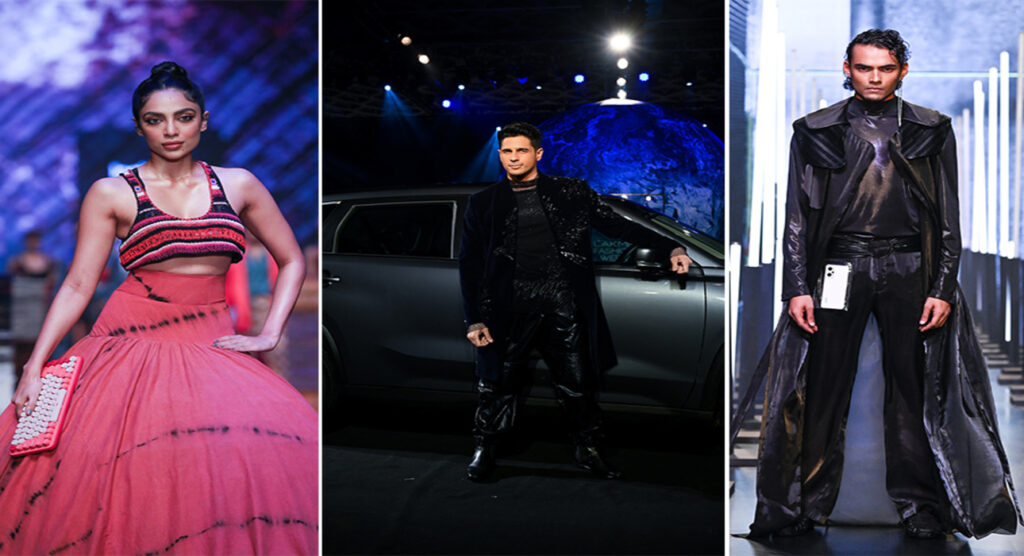
Iconic fashion moments transcend time and trends, embodying the spirit of their respective eras while leaving an enduring impact on the way we perceive style, identity, and societal norms. From Coco Chanel’s revolutionizing of the little black dress to the streetwear phenomenon of recent years, these moments illustrate fashion’s unique ability to capture the zeitgeist and redefine boundaries. As we navigate the ever-evolving realm of fashion, let us remember these iconic moments as touchstones that remind us of the power of self-expression and the limitless possibilities that fashion affords us.

